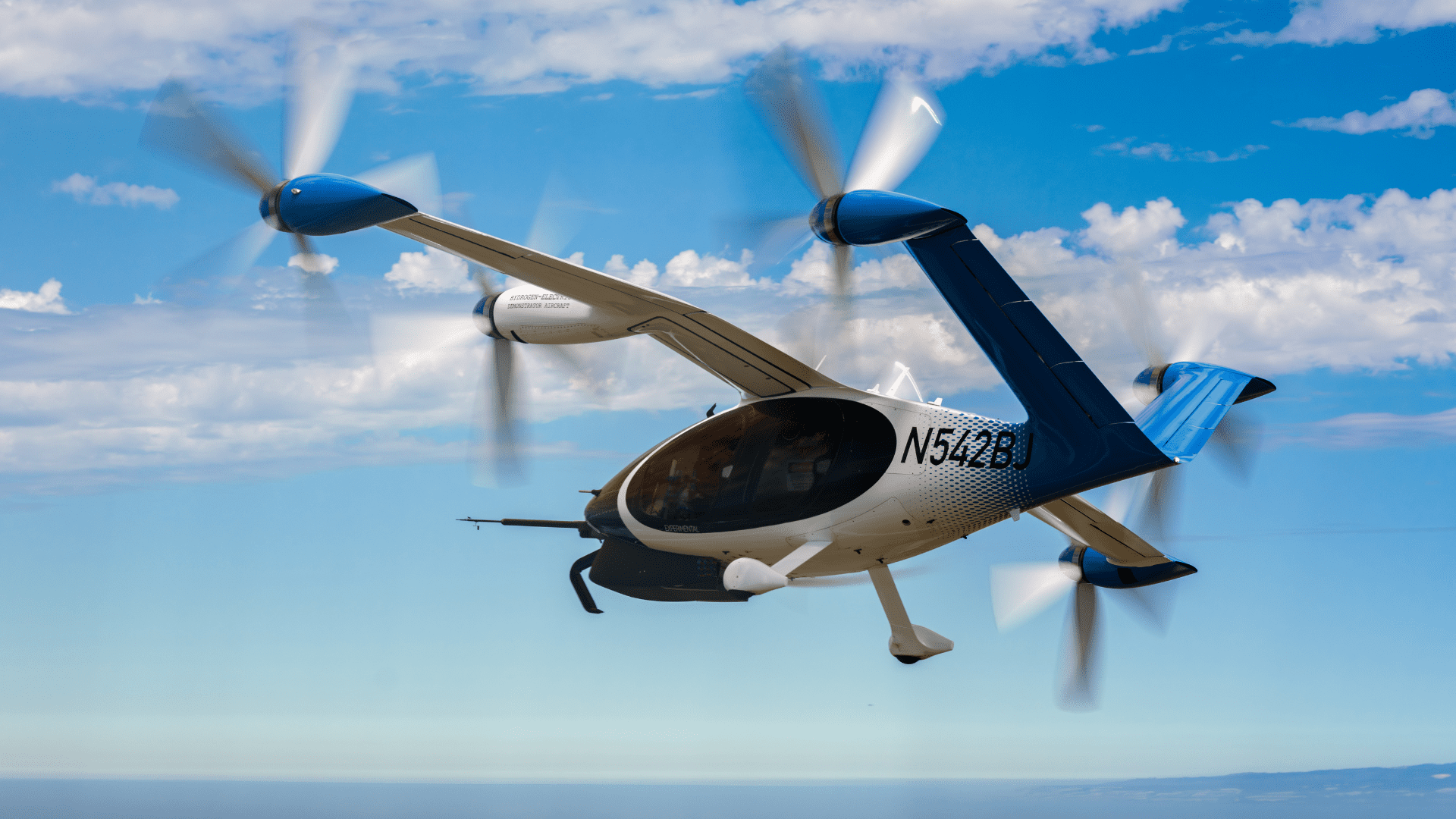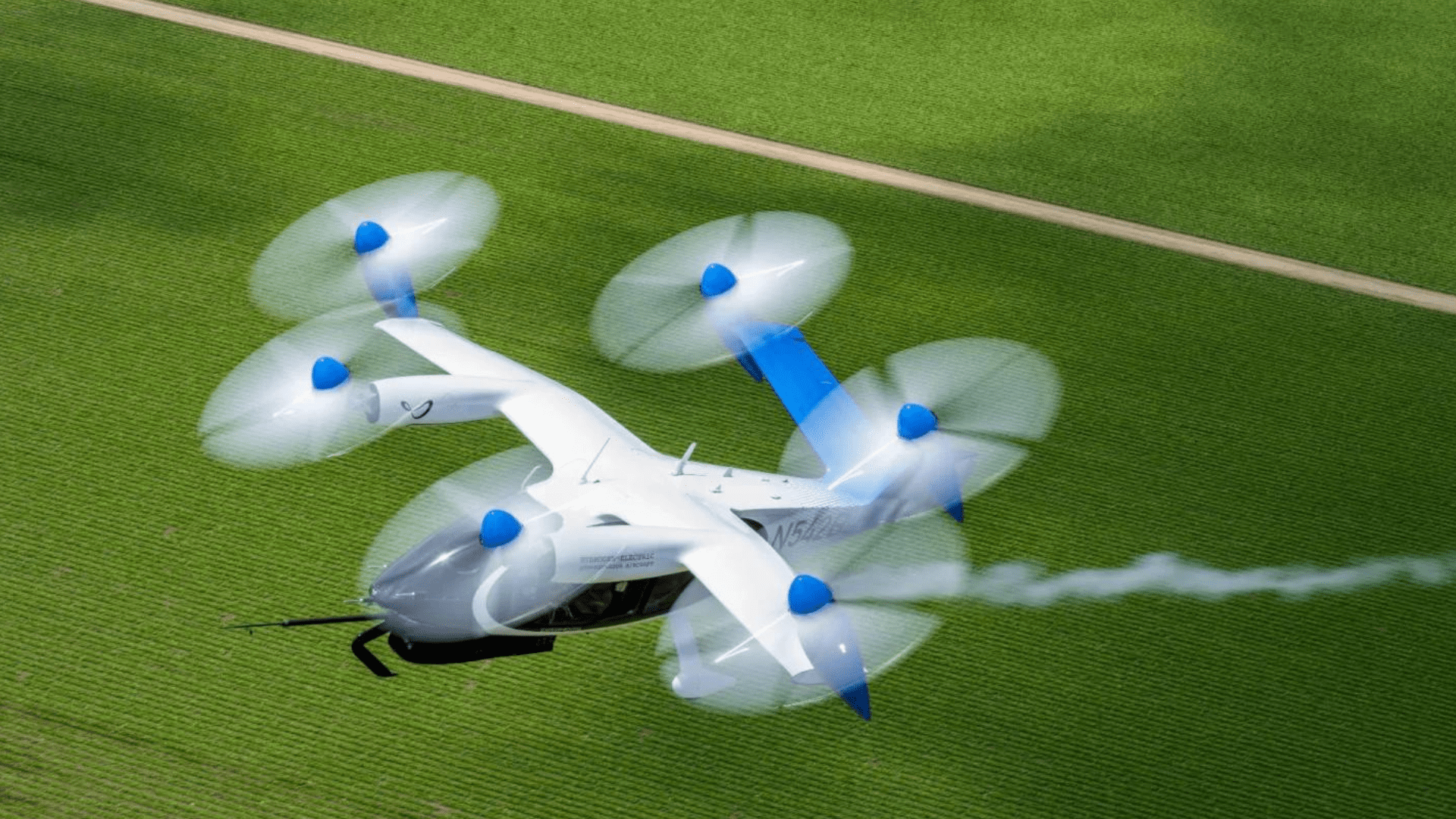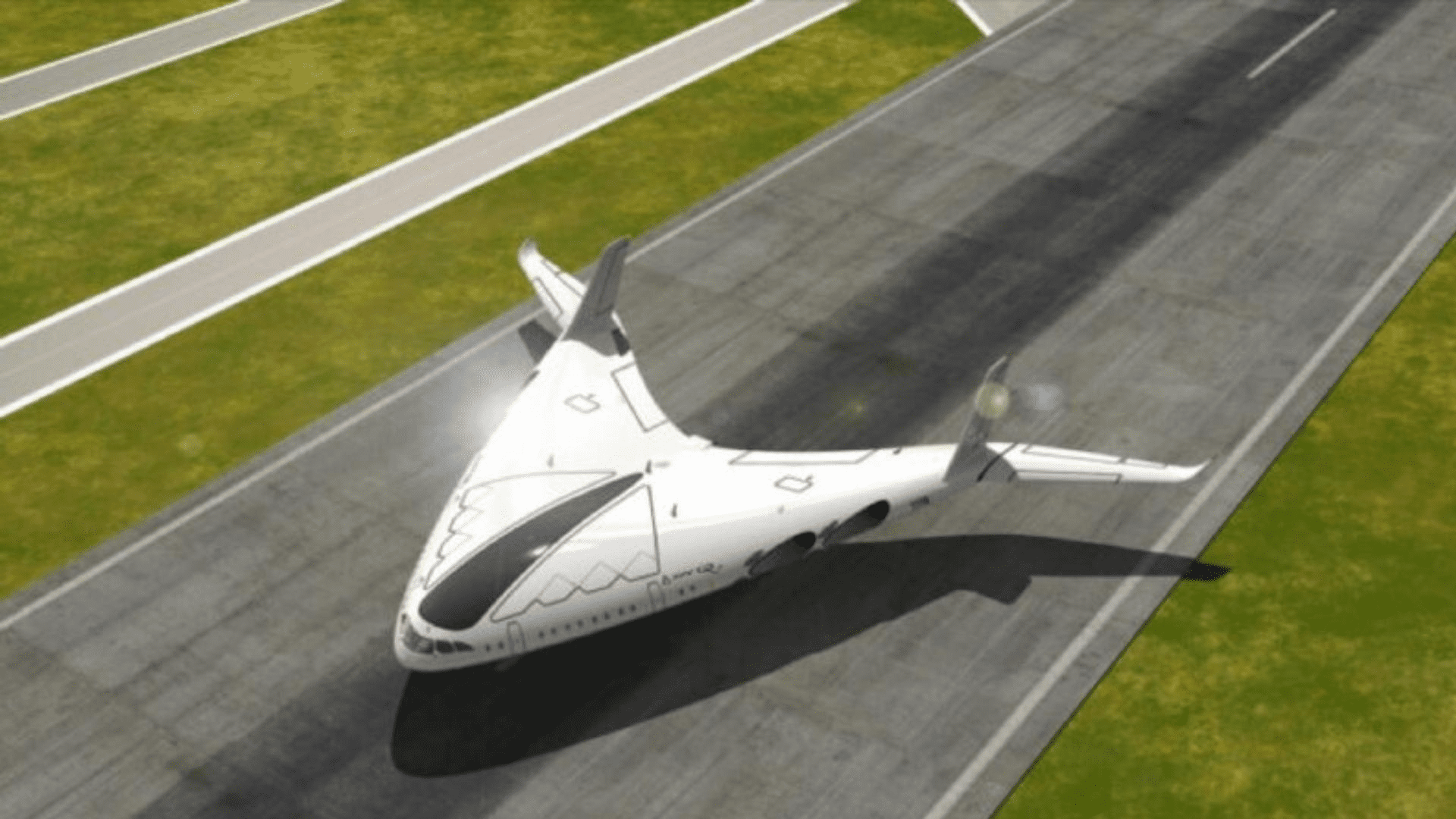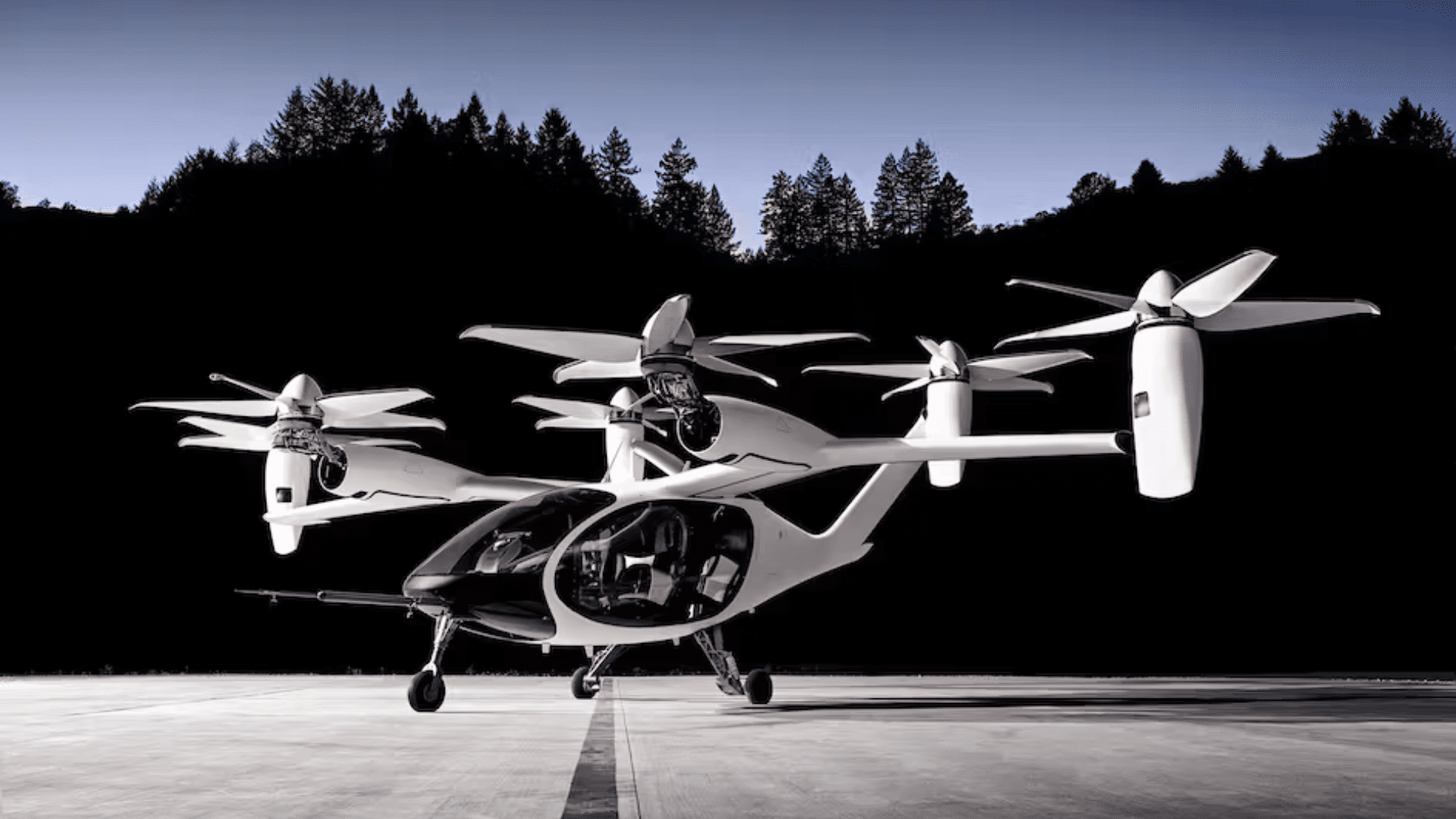An electric air taxi startup is developing an aircraft powered by tomorrow’s fuel: hydrogen. The concept is a hydrogen-powered version of its vertical takeoff and landing aircraft. This fueling power could enable longer routes between cities.
Hydrogen-Powered

The electric air taxi startup Joby is known for its electric vertical takeoff and landing aircraft (eVOTL) or an air taxi. The company is testing sustainable fuel instead of a battery to power this vehicle. Hydrogen fuel cells are already used in cars, trucks, and industrial equipment. However, using the fuel in aircraft is a game changer. For example, the aviation industry faces much pressure due to its greenhouse gas emissions. Google even added an emissions tracker when looking for a flight.
The company announced that it successfully flew a 523-mile demonstration flight using its one-of-a-kind hydrogen air taxi. The aircraft was tested last month in California and involved a converted prototype of one of its eVOTL aircraft already in development. It’s equipped with a hydrogen fuel cell and hydrogen-electric propulsion. And get this: the only emission is a trail of water vapor.

Joby’s main focus is launching the eVOTL air taxi early in 2025. This is for short stops in urban settings and airports starting in New York, Los Angeles, and Dubai. However, repurposing existing aircraft into hydrogen-powered crafts helps them explore the possibilities for longer trips.
Joby’s founder and CEO, Joe Ben Bevirt, tells Axios, “The vast majority of the design, testing, and certification work we’ve completed on our battery-electric aircraft carries over to commercializing hydrogen-electric flight.”
How It Works
A hydrogen aircraft either burns liquid hydrogen directly in an engine or uses gaseous hydrogen in a fuel cell. With fuel cells, a reaction produces electricity to charge an aircraft’s battery during a flight. The electricity drives the motor and spins the propellors, resulting in a lone byproduct: water.
The Future
Reducing the carbon footprint in the aviation industry is not easy and comes with challenges. This is why the industry is exploring different solutions, including more efficient planes and engines and increasing the use of sustainable fuels. The use of an eVOTL aircraft is a unique spot for hydrogen on short journeys of a couple of hundred miles because they don’t need runways. For example, a passenger could fly from Pittsburgh to Philadelphia without going to the airport.
In addition, hydrogen allows quicker refueling rather than waiting for a battery to charge. However, renewable sources need to produce hydrogen to meet climate targets.







